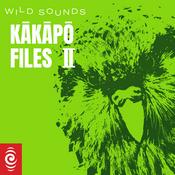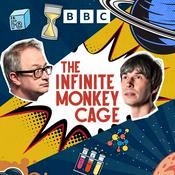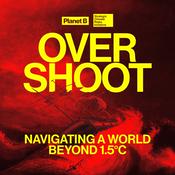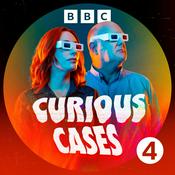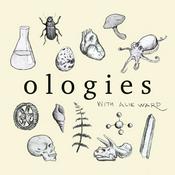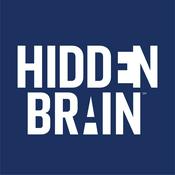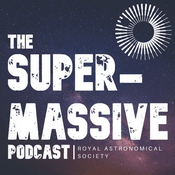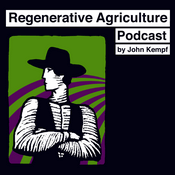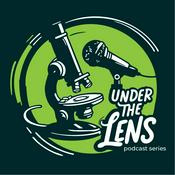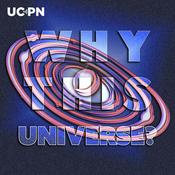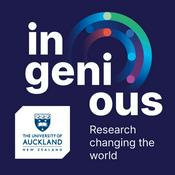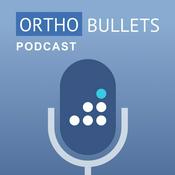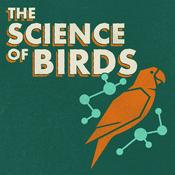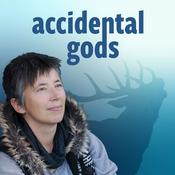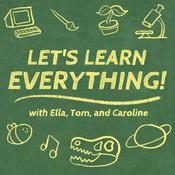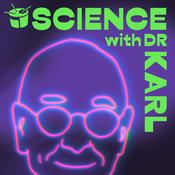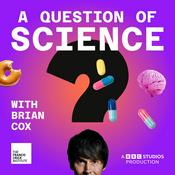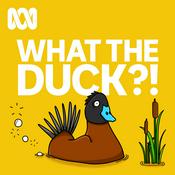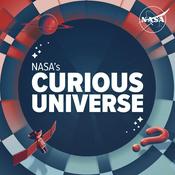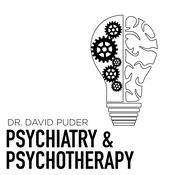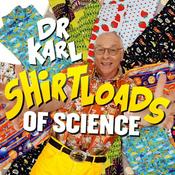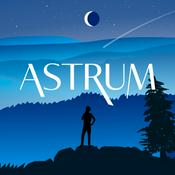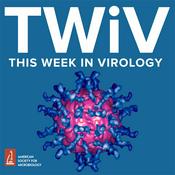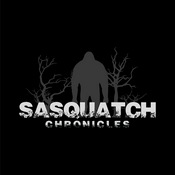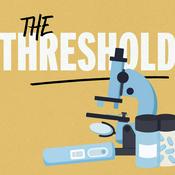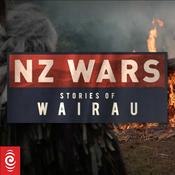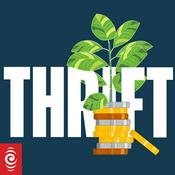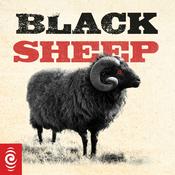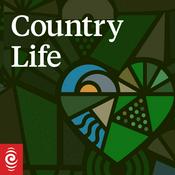333 episodes

Tackling feral cats
17/12/2025 | 24 mins.
Nobody knows how many feral cats roam New Zealand, but estimates are in the millions and they’re a major threat to our native species. They've infiltrated almost every landscape, from coasts, to farms, to National Parks like Fiordland. Plus they’re wily and trap-shy, making them a tricky predator to tackle. RNZ's In-Depth reporter Farah Hancock speaks to some people on the front lines of the battle against feral cats. Sign up to the Our Changing World monthly newsletter for episode backstories, science analysis and more.In this episode:00:00 – 00:59 Introduction to bonus episode01:00 – 03:24 Background to feral cat problem03:40 – 10:30 Playing ‘poos clues’ & trapping cats with hunter Victor Tinsdale10:40 – 15:00 Daniel Cocker on how cats are threatening the dotterels on Rakiura15:20 - 16:20 Farah explains how secondary poisoning works16:30 – 19:42 Objections to 1080 use on Rakiura, and efforts to address these20:18 – 24:08 Brad Windust with cat poo smelling dog Wero24:09 – 24:44 CreditsLearn more:Read the series of articles and see photos on the RNZ Feral webpage.In 2023 OCW spoke to ‘Dotterel Dan’ about the plight of the pukunui, and a tagging study aimed at identifying exactly where they nest on Rakiura.In the Catlins, Forest and Bird pest control officer Gavin Whiteis also battling trap-smart feral cats. While in the Wye valley near Queenstown, the Southern Lakes Sanctuary is hoping that new AI tech will help in the battle.Kākāpō were moved fromRakiura because of predation by feral cats. As the numbers of these manu grow, hopes are that achieving Predator Free Rakiura goals, including eradication of feral cats, will allow them to return.Guests:Victor Tindale, hunterDaniel Cocker, Department of Conservation rangerBrad Windust, trapperGo to this episode on rnz.co.nz for more details

The kākāpō files returns and the year in science
15/12/2025 | 34 mins.
On three small predator-free islands off the coasts of Fiordland and Southland, preparations are underway for what many hope will be the biggest breeding season ever for the kākāpō. Alison Ballance returns to report on New Zealand’s most famous parrot in the Kākāpō Files Season II. She chats to Claire about why this season of the podcast is shaping up to be quite different to the first. Plus, analysts from the Science Media Centre summarise the massive science sector changes that have happened this year, and what is on the horizon for science in 2026. Sign up to the Our Changing World monthly newsletter for episode backstories, science analysis and more.…Go to this episode on rnz.co.nz for more details

Restoring Te Awarua o Porirua
08/12/2025 | 25 mins.
The wetlands and surrounding forests of Te Awarua o Porirua, or Porirua Harbour, were once rich food baskets for Ngāti Toa Rangatira. But decades of development throughout the catchment - large-scale deforestation, road and rail building and urban growth - have brought sediment and pollution into the harbour, damaging the habitat. Veronika Meduna meets some of the team working to restore the harbour to its former plenty.Sign up to the Our Changing World monthly newsletter for episode backstories, science analysis and more.Learn more:Julian Wilcox recently spoke to artists Jasmine Arthur and Te Rauparaha Horomona about Ngati Toa in Porirua and the opening of a new exhibition Mutumutu ki Mukukai Freshwater to Salt Water.Ngāti Toa Rangatira celebrated the return of their sacred maunga, Whitireia, to iwi ownership earlier this year.Alison Ballance visited both Porirua and Wairarapa in 2018 to explore how environmental impacts travel from the hills to the sea and what communities are willing to do to make their waterways cleaner and healthier again.Guests:Kaumatua Te Taku Parai, Ashleigh Sagar, Robert McLean and Jaida Howard of Ngāti Toa RangatiraBrian Thomas, Porirua City CouncilBryce and Jacqueline WatkinsLisa Casasanto and Jon Bluemel, Kahotea stream Restoration GroupJohn McKoy and Simon Glover, Guardians of Pauatahanui InletGo to this episode on rnz.co.nz for more details

The best use of your time
01/12/2025 | 26 mins.
What does a ‘good day’ look like for you? Researchers are using wearable sensors and wellbeing surveys to understand how lifestyle patterns impact life satisfaction. Perhaps this can help us plan for more ‘good days’. Plus, with the help of an EEG study, one neuroscientist graduate considers how social media use might be impacting his brain. Sign up to the Our Changing World monthly newsletter for episode backstories, science analysis and more.Learn more:Sleep is a fundamental process for us humans, we just don’t function well without enough of it. But what if your job requires long working hours across time zones?Exercise is good for our bodies and mental health and, research suggests, can also help our brains maintain and grow nerve cells.Recently, a report by the Education Review Office suggested the mobile phone ban in New Zealand schools is working, and that social media should be banned next.Australia’s social media ban for those under 16 comes into effect on the 10th of December, while debate continues here as to whether New Zealand should follow.Guests:Professor Scott Duncan, Auckland University of TechnologyDr Anantha Narayanan, Auckland University of TechnologyTom Bolus, University of OtagoGo to this episode on rnz.co.nz for more details

Return of the kākāpō files!
26/11/2025 | 2 mins.
This upcoming summer is likely to be the biggest ever kākāpō breeding season, and RNZ will be following the twists and turns as they happen. The kākāpō files with Alison Ballance return for a second season. New Kākāpō Files II episodes will appear when news breaks on the Wild Sounds and Kākāpō Files podcast feeds. Don't miss out. Find and follow them now. Go to this episode on rnz.co.nz for more details
More Science podcasts
Trending Science podcasts
About Our Changing World
Listen to Our Changing World, Wild Sounds: Kākāpō Files II and many other podcasts from around the world with the radio.net app

Get the free radio.net app
- Stations and podcasts to bookmark
- Stream via Wi-Fi or Bluetooth
- Supports Carplay & Android Auto
- Many other app features
Get the free radio.net app
- Stations and podcasts to bookmark
- Stream via Wi-Fi or Bluetooth
- Supports Carplay & Android Auto
- Many other app features


Our Changing World
download the app,
start listening.
